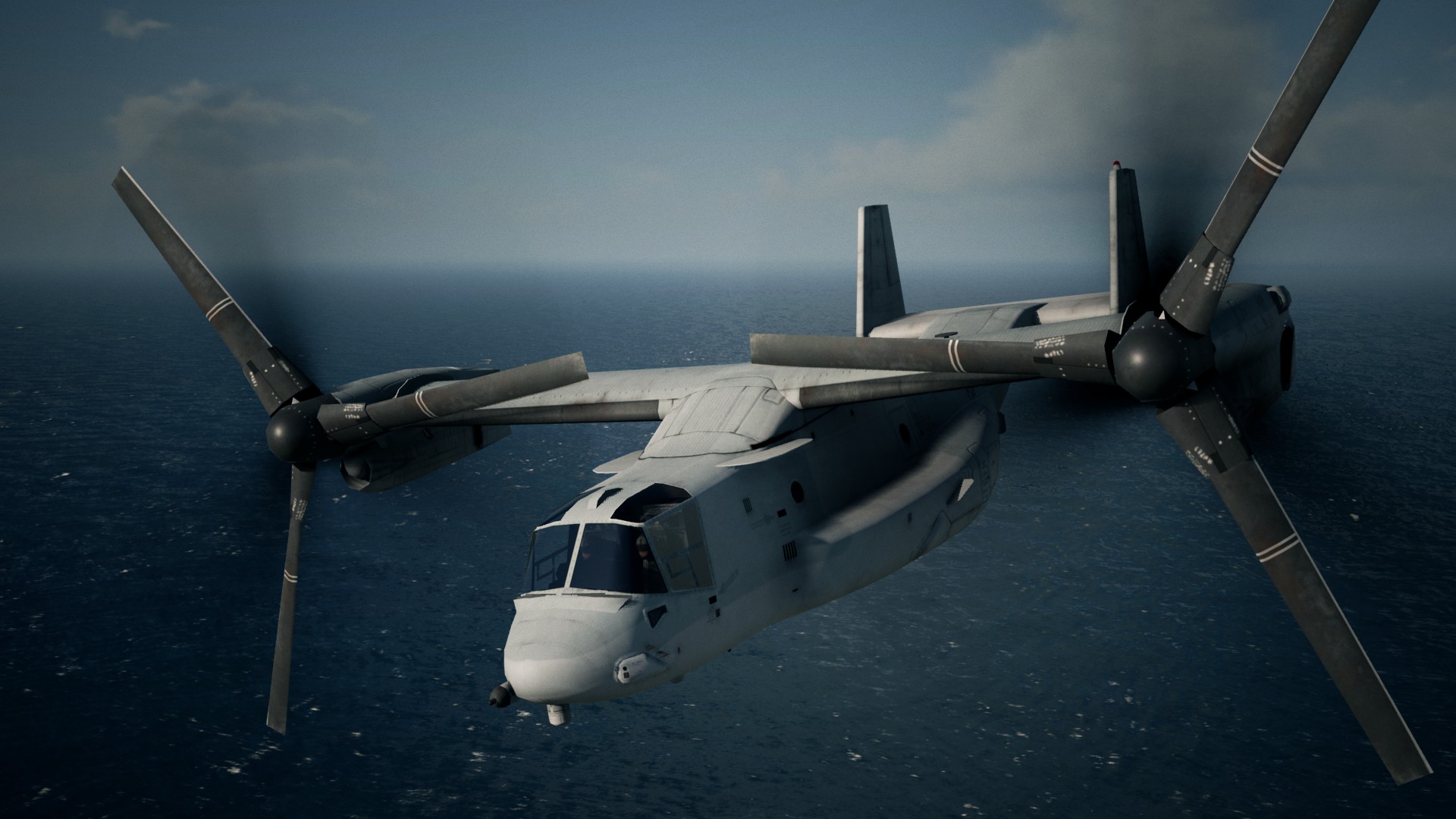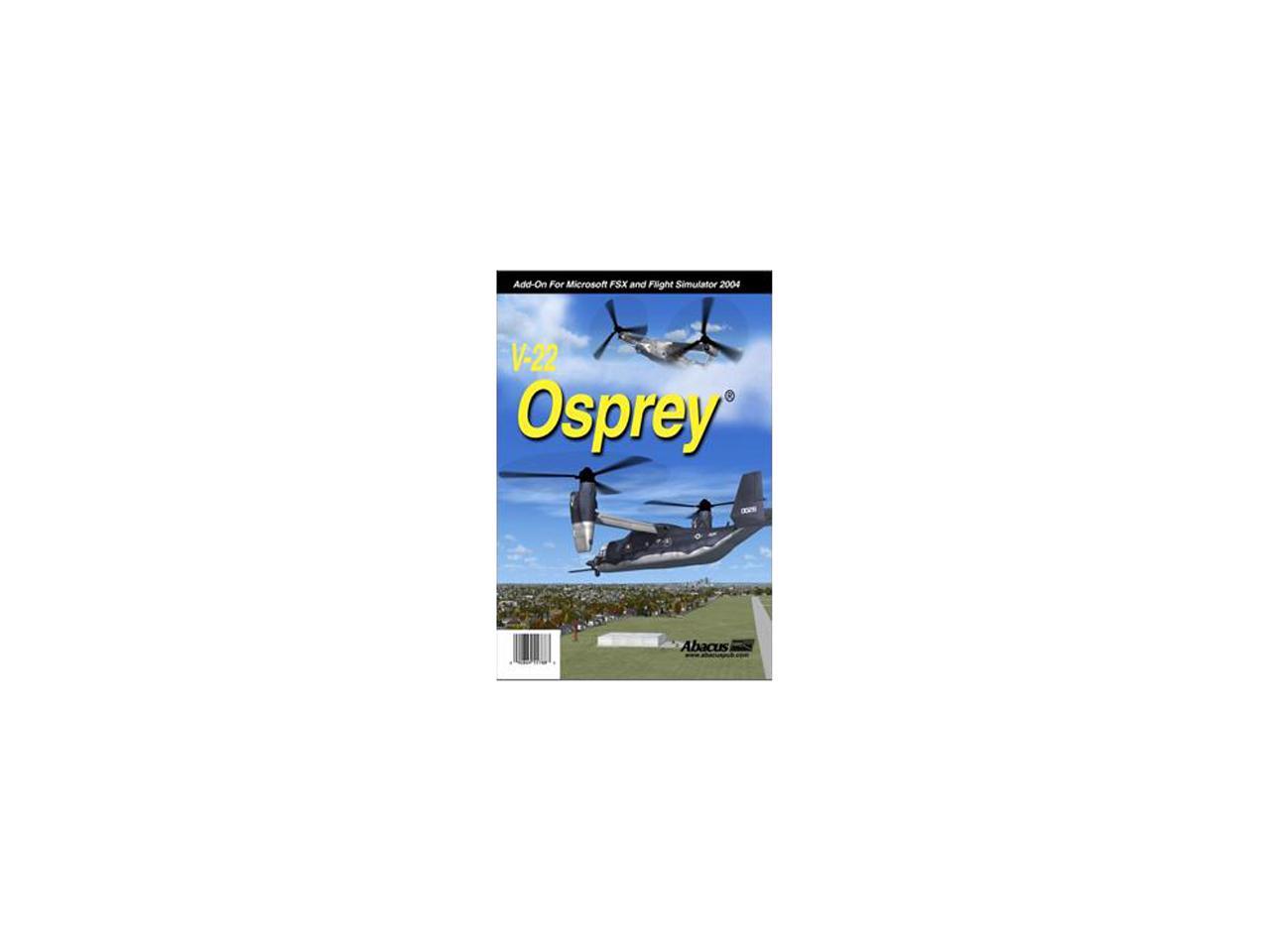
The shape looks great, and the proportions are beautiful, not to mention a lot of moving parts inside and outside of the aircraft. However, this V-22 Osprey model is a very accurate copy of the prototype depicted at the end of the instructions. We are used to criticizing LEGO Technic sets for being inaccurate in terms of scale and shaping. For an inexperienced builder, the set might be a tough challenge. Speaking about the clarity of the building guide, I must admit there are a couple of rather complicated steps that I wish were redesigned. It is also easy to notice that a lot of curved Technic panels are covered in stickers fan builders longing for the panels in dark bluish grey would not approve this.ĭespite being a licensed product, the set comes with absolutely no additional information about the real aircraft.

With over 40 stickers, the set’s design relies heavily on tiny visual elements created by graphic designers. It’s always a pleasure to see the building guide and the sticker sheet wrapped in plastic. There’s nothing special about it the box is just like those we saw in 42099 4×4 X-treme Off-Roader and 42109 App-Controlled Top Gear Rally Car sets. When you finally have to use the flex axle, it is easy to get confused as there’s no hint that the flex axle is in the plastic bag together with the blades.īoth electric elements are packed in a dedicated box.

Fun fact: there is also a flex axle in the same bag, but since it’s black and thin, it’s hardly noticeable inside a sealed bag. The Osprey lands like a helicopter by reversing the process, raising the rotors from a horizontal to a vertical position.Another unmarked bag carries six rotor blades. In this position, it is the wings that generate lift, like on a traditional airplane, and the rotors function as they do in a propeller aircraft. While in flight, the Osprey's rotors move down to a horizontal position. When the Osprey is in helicopter mode (on takeoff, landing and when hovering), the rotors generate lift. With the rotors mounted on the wings, it looks like a two-bladed helicopter. When the Osprey is ready to take off, its rotors are in a vertical position. These rotating wings are mounted on a central shaft.

Helicopter blades are thinner and narrower than airplane wings because they have to rotate so fast. Helicopters do the same thing with blades, which are rotating wing shapes like the airfoils of an airplane wing. To understand how the Osprey flies, the basic thing to understand is that airplane wings create lift by deflecting air downward, benefiting from the equal and opposite reaction that results.


 0 kommentar(er)
0 kommentar(er)
